[Click here to read a related Mother Jones article about stressed-out immigration judges.]
Photographer Matt Slaby has snapped more than 100 passport-style pics to accompany US citizenship applications. Writes Slaby of the passport picture-taking process:
You know before you even touch the shutter that they’re going to hate the picture. All the tricks that photographers use to make a photograph flattering are pulled out from under you by the procedures set forth by the United States Department of State ‘Composition Checklist’ for making what they call a “successful photo.” No hats, no glasses, no outrageous jewelry, neutral expression, flat light—it all culminates in a photograph that is hard to be proud of and even harder to hand to someone without apologizing.
The faces shown here are those of immigrants attending citizenship drives—administrative workshops where hopeful Americans-to-be can discuss bureaucratic details with lawyers and specialists. Displayed in composite form, what emerges is the face of immigration in the early 21st century.
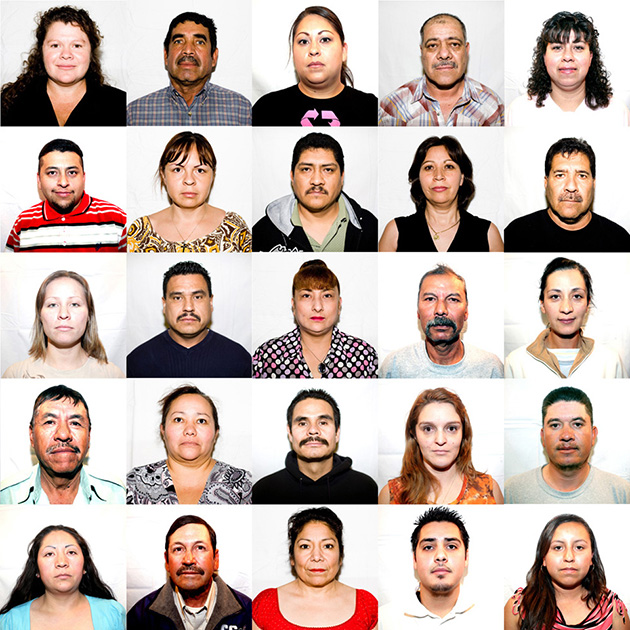
Photographer Matt Slaby:
In passport photos, people keep their distinct personalities in spite of all efforts to strip them down to basic appearance. If you look carefully, you’ll find all kinds of clues about a person, beyond the hat they’re not wearing or the smile that they’re trying to suppress.
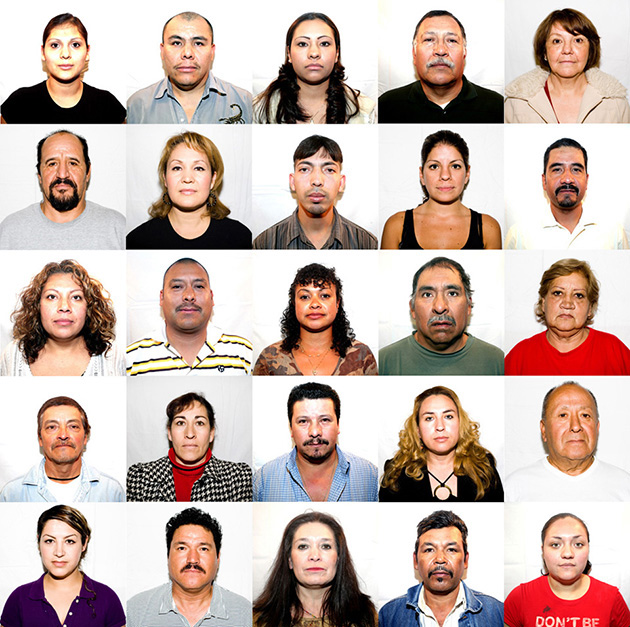
Depending on how fast the line is moving, I get to talk to some people at the citizenship drive beyond the mechanics of taking pictures. But the truth is that being part of a system designed to accommodate a lot of people at once makes for a very mechanical day. Even if you have a great conversation, as a photographer the odds are stacked against you. These photographs don’t exactly present people’s best faces; they’re designed to be mug shots of a less serious sort.
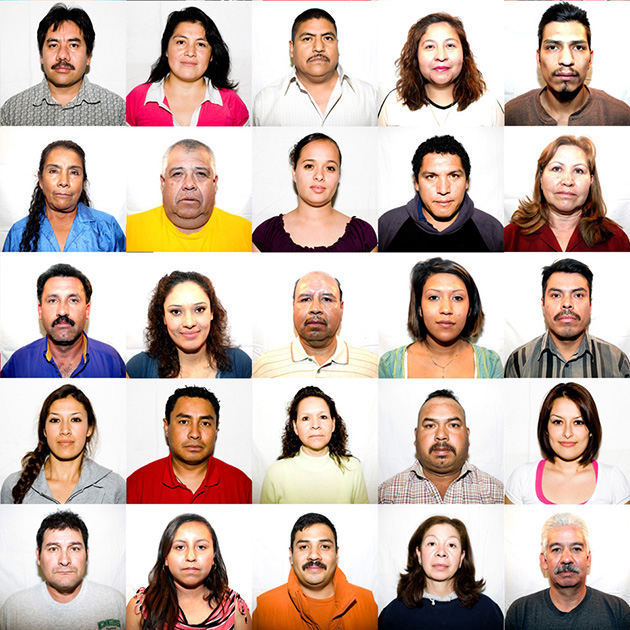
Citizenship drive photography work is something that rarely leaves me with much money beyond the actual expenses of shooting and printing the images on-site. It’s essentially a break-even proposition.
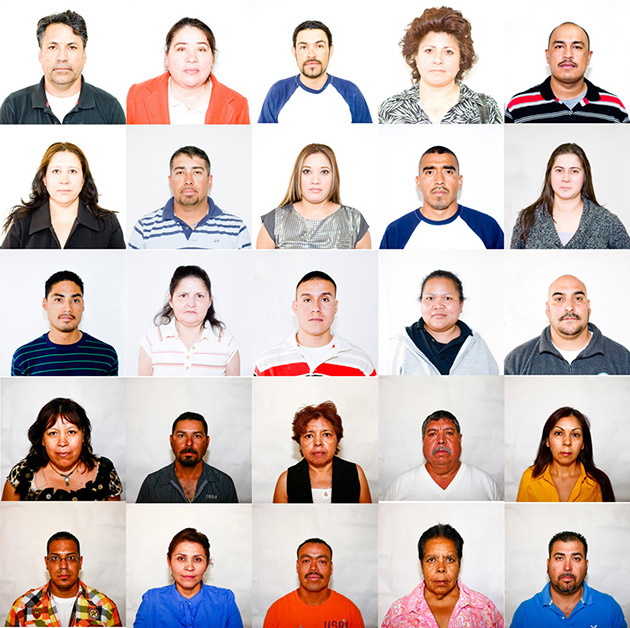
Shooting these pics at cost is really a way for me to use a skill that I have to do direct work that helps people out in very small ways. The passport picture I take isn’t going to assure anyone that their citizenship application will be approved, but it’s something I can contribute.
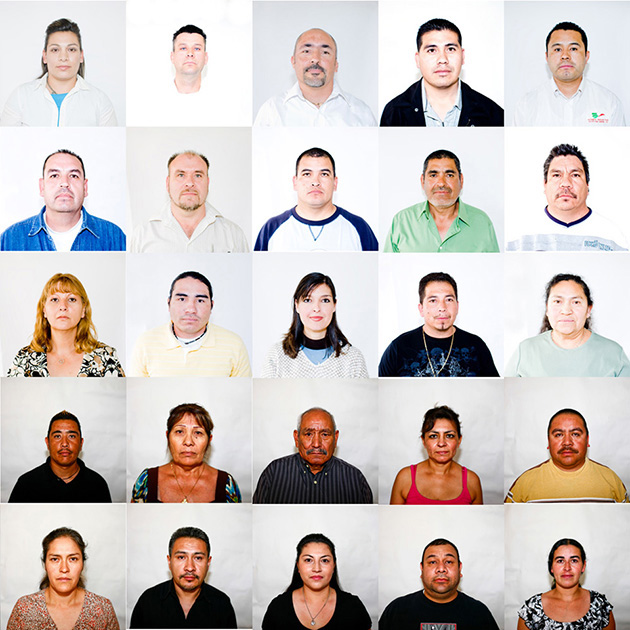
I got into shooting these photographs by accident. In law school I worked on a few projects related to workers’ rights and wage-and-hour work, stuff that put me in close contact with bigger issues related to immigrants and immigration. In Colorado, it’s hard to look at questions about labor and wage practices without also looking at issues endemic to a troubled immigration system.
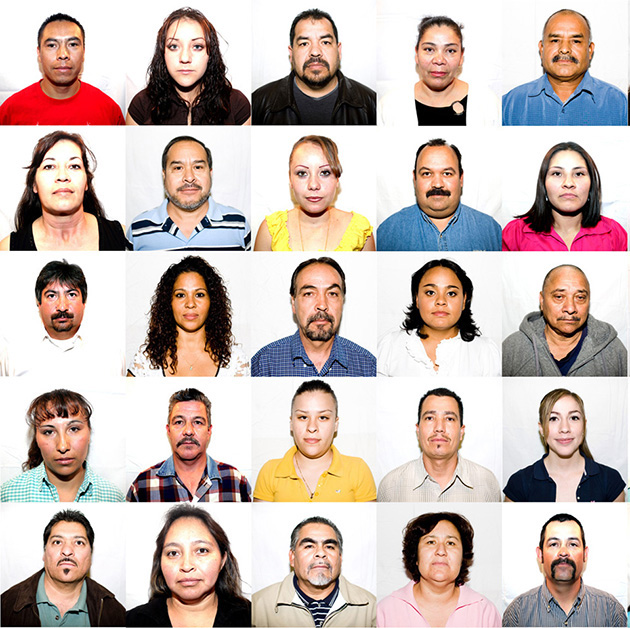
I believe that people have the capacity to do small things inside of their immediate sphere of influence and that those small things, in critical mass, are how we move forward as human beings.















